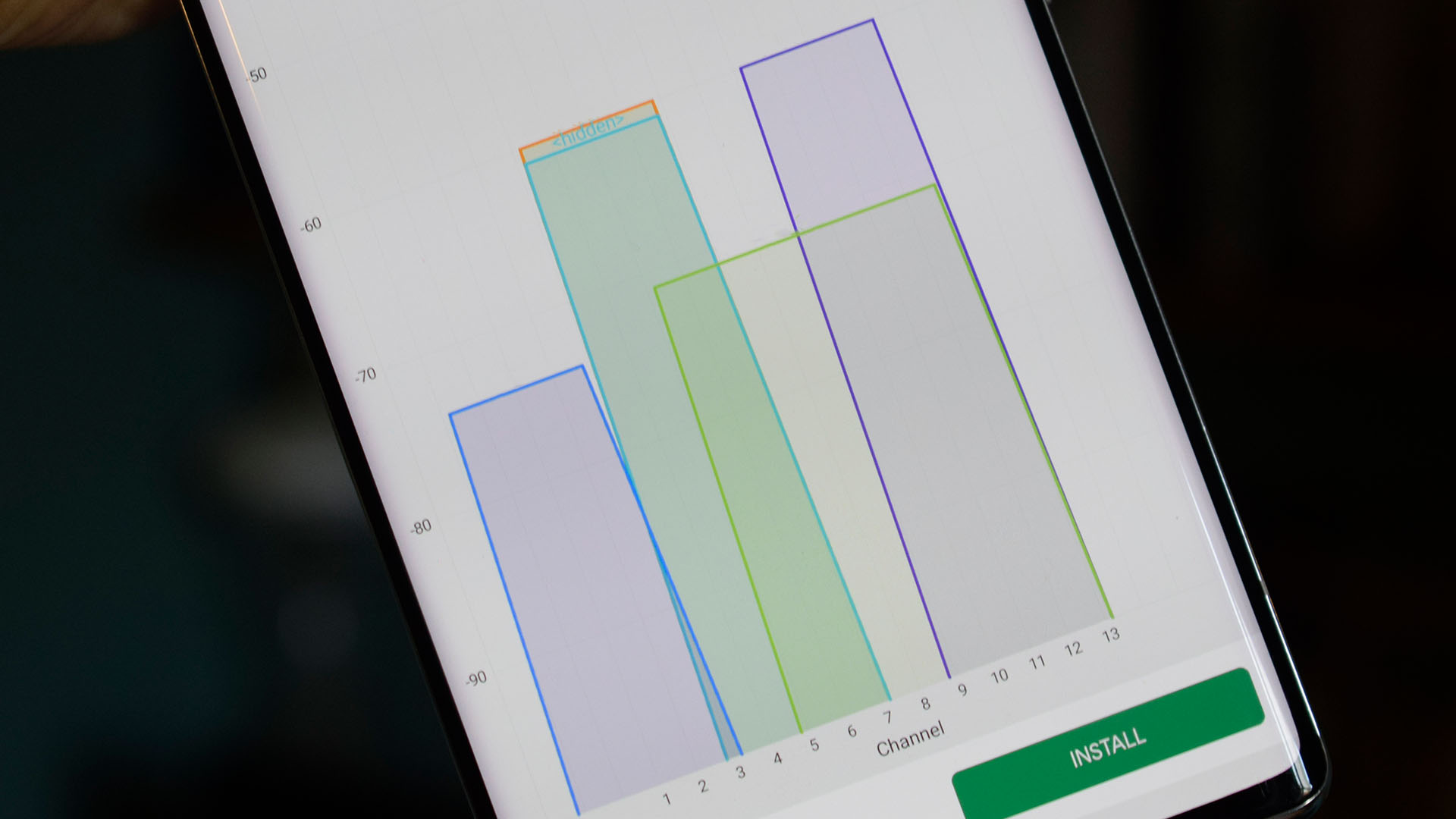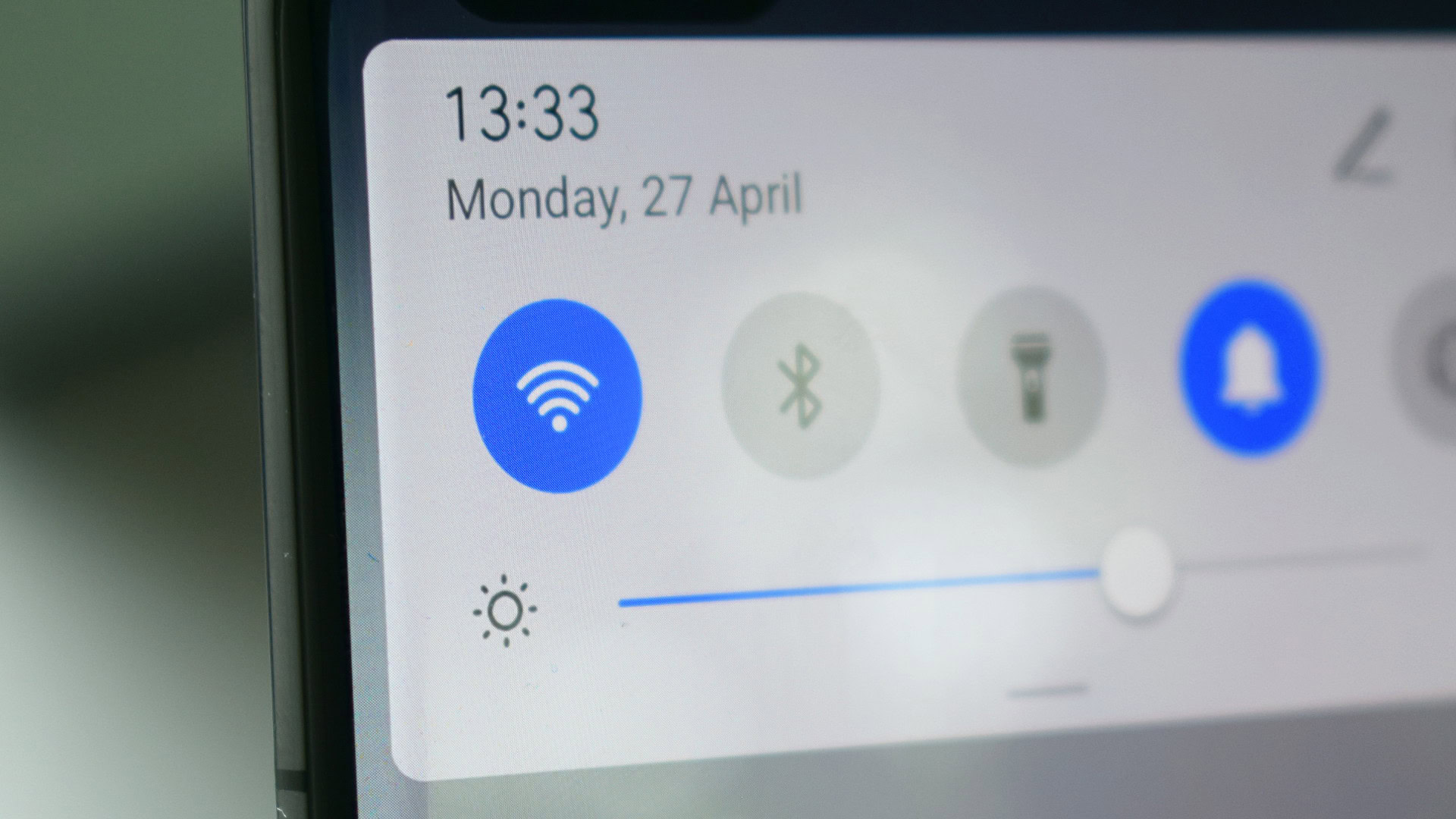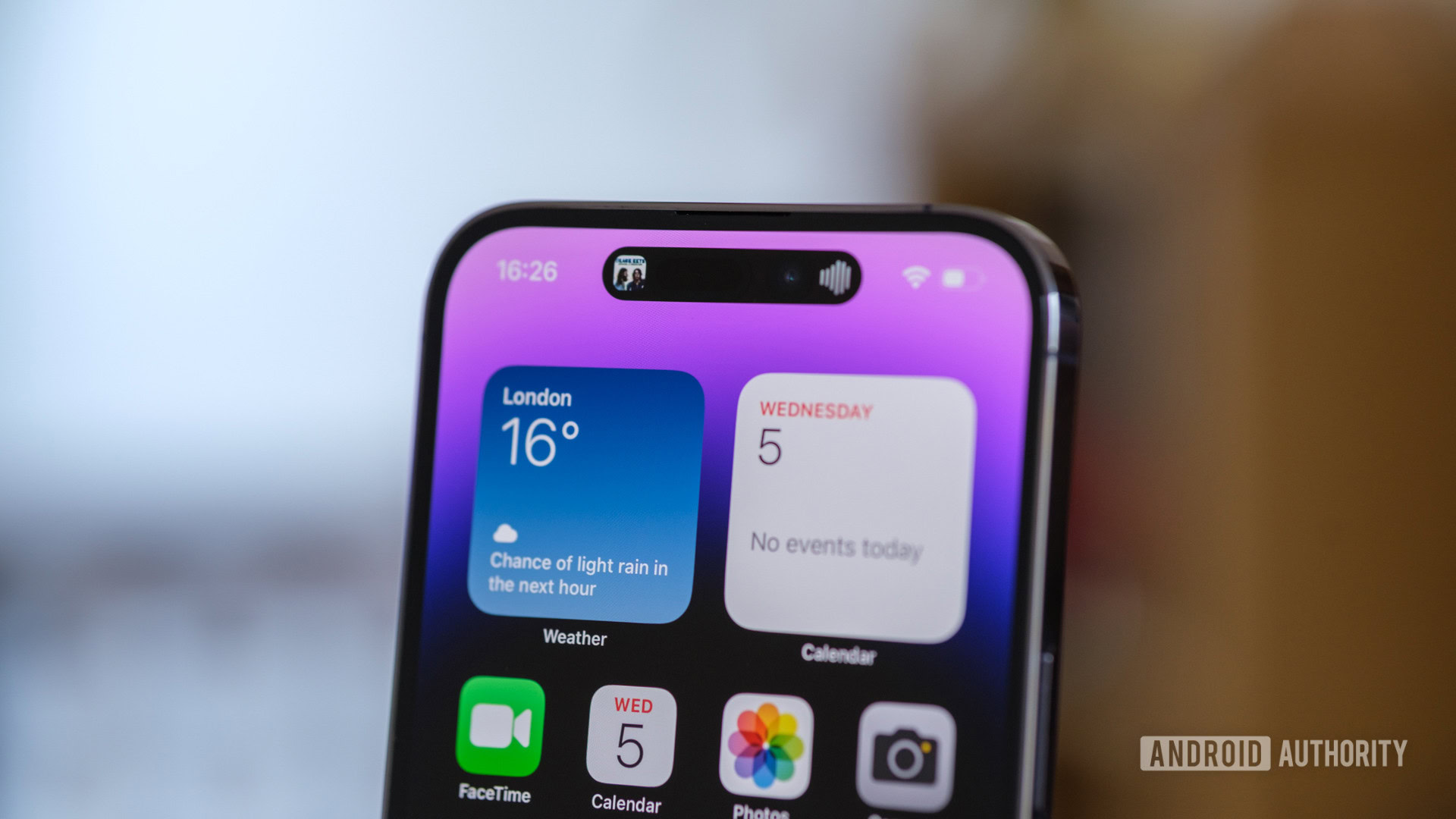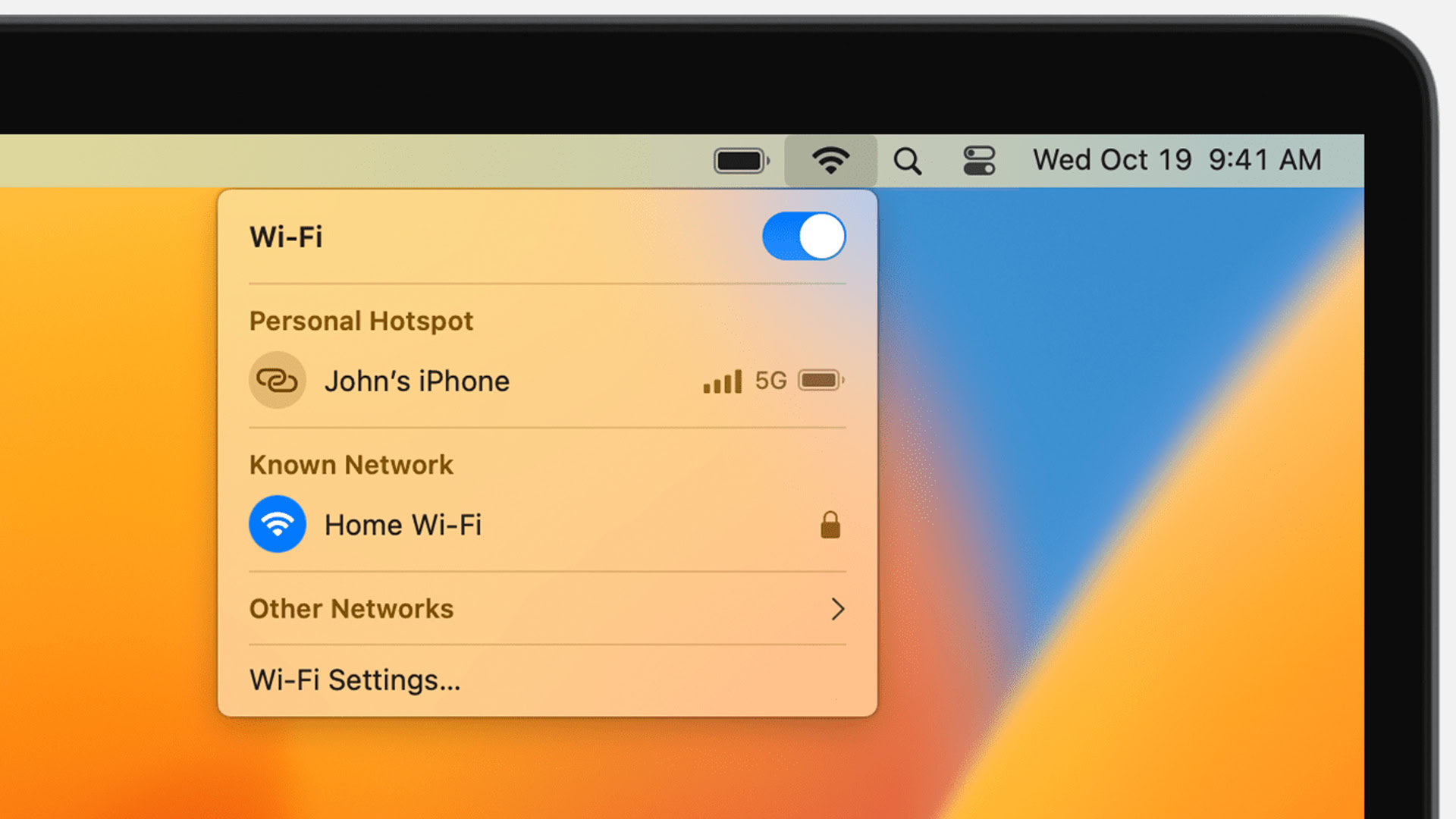Affiliate links on Android Authority may earn us a commission. Learn more.
How to check your Wi-Fi signal strength on any device
Published onApril 25, 2023
If you’re not getting the bandwidth you expect from your internet provider, it might not be their fault — it could be that it’s being filtered through a weak Wi-Fi connection. Here’s how to check your Wi-Fi signal strength on any device, and some steps you can take to boost it.
JUMP TO KEY SECTIONS
How is Wi-Fi signal strength measured?

While strength is often visually represented in the form of cones, bars, or dots, it’s really calculated in the form of decibels per milliwatt, or dBm.
A perfect signal is -30dBm, which you’ll probably never see. More realistically you’ll get something between -50 and -67 if you have a reliable connection.
-70 or below is problematically weak. At best you’ll be able to do things like check email, send messages, or slowly load webpages. Even that may be impossible by -80, and at -90, you’re effectively offline.
How to check Wi-Fi signal strength on an Android device

Most Android devices offer a rough sense of signal strength by way of the Wi-Fi icon located in the status bar. The fuller the icon, the stronger your connection.
You can potentially glean more information through the Android Settings app. Look for a menu option called Wi-Fi (or some equivalent), then tap on the info button next to your active Wi-Fi network. Depending on your device, you may still only see a vague connection rating — on our test OnePlus 9 5G, for example, signal strength was only rated as “excellent.”
To actually gauge signal in dBm, you’ll probably want to download a free third-party app like WiFi Analyzer, and look for your router’s SSID (network name) in results. There are a variety of similar apps on the Google Play Store, so if you don’t like one, test some alternatives.
How to check Wi-Fi signal strength on your iPhone or iPad

iPhones and iPads have a status bar icon similar to Android’s. If your Wi-Fi icon is less than full, in other words, you can probably stand to improve your connection.
There’s no built-in method of getting more details, even in iOS 16 and iPadOS 16. You may be able to learn something through your router’s official app, but if not, it’s time to hit the App Store for additional tools.
The best is probably Apple’s AirPort Utility app, which is meant for the company’s defunct AirPort accessories, but offers a Wi-Fi Scan button with dBm metrics. To enable that, you’ll have to open your iPhone or iPad’s Settings app, select AirPort Utility, then toggle on Wi-Fi Scanner. You should toggle scanning off when you’re done, since regularly pinging Wi-Fi devices consumes extra power.
How to check Wi-Fi signal strength in Windows

Typically, Windows 11 refuses to display signal strength using anything but a simple icon, whether you’re looking at the system tray or details in the Settings app.
A number of apps can potentially provide better data, but one we like is WiFi Analyzer (by Matt Hafner), which puts dBm figures up front. Some people may prefer Fing as a more polished choice, but you’ll have to create an account, and it still only rates signal strength as a percentage. The app’s mostly intended to diagnose other issues, such as security.
How to check Wi-Fi signal strength on Mac

Thankfully, macOS makes it easy to get detailed Wi-Fi data. Just hold down the Option key and click on the Wi-Fi icon in the Menu Bar. Look for the dBm number next to RSSI (Received Signal Strength Indicator) for your active Wi-Fi network.
How to increase your Wi-Fi signal strength

Check out our detailed guide, but in short:
- Try improving the placement of your router(s) and any extender units. All of these should be out in the open, without any objects immediately dwarfing or enclosing them. A router blocked by a TV or closet is automatically going to have problems. Get it off the floor, too.
- If your device is connected exclusively to the 5GHz Wi-Fi band, try switching to 2.4GHz. The latter is slower, but has further reach and penetrates obstacles better.
- If you’re using a standard single router, you may need to buy Wi-Fi extenders or upgrade to a mesh router. Either of those will help fill in deadzones, though mesh systems offer seamless transitions as you move from room to room, since they rely on a single network ID (SSID). Extenders can force you to switch SSIDs.
Read more: The definitive guide to Wi-Fi standards